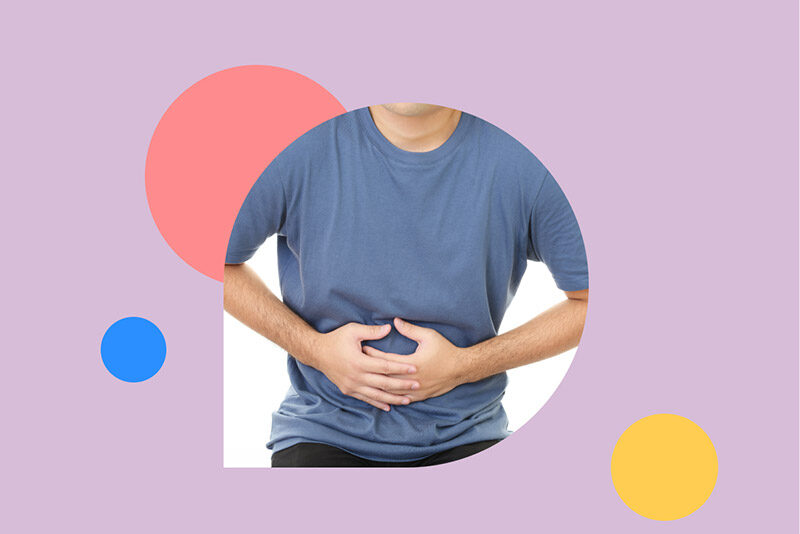
What Does the Gallbladder Disease Lead To?
The gallbladder is a small organ located beneath the liver that plays a vital role in the digestion of fats. It stores bile produced by the liver and releases it into the small intestine as needed to aid in the digestion of fats. However, various factors can lead to gallbladder disease, a condition that affects the functioning of the gallbladder, leading to discomfort and potential complications. To avoid it is vital to take tests of liver function.
What are Gallbladder disease and its conditions?
Gallbladder disease can manifest in several ways, including gallstones, inflammation, and infection. Gallstones are the most common form of gallbladder disease – and they develop when there is an excess buildup of cholesterol or bilirubin in the bile, leading to the formation of hardened deposits in the gallbladder. The best way to take prevention is by undergoing tests of liver function. It can lead to a condition known as cholecystitis, where the gallbladder becomes inflamed and swollen, causing severe pain in the abdomen, nausea, and vomiting.
Jaundice
If left untreated, gallstones can cause complications such as obstructive jaundice, a condition where bile ducts become blocked, leading to a buildup of bilirubin in the blood, causing yellowing of the skin and eyes. Additionally, untreated gallstones can cause pancreatitis, a condition where the pancreas becomes inflamed, leading to abdominal pain, nausea, and vomiting.
Cholangitis
Another form of gallbladder disease is cholangitis, a bacterial infection affecting the bile ducts. This condition can be life-threatening if not promptly treated – and – it can lead to sepsis, a severe blood infection that can result in multiple organ failure.
Effects of Gallbladder disease
Gallbladder disease can also cause digestive complications, such as diarrhea, bloating, and indigestion. It is because when the gallbladder is not functioning correctly – there is a reduced amount of bile available to break down fats, leading to difficulty digesting fatty foods.
In some cases, gallbladder disease may require surgical intervention.

Treatment for Gallbladder disease
Gallbladder removal surgery, cholecystectomy, is the most common treatment for gallbladder disease. This surgery involves removing the gallbladder, which can help to alleviate symptoms and prevent complications. While the gallbladder is not an essential organ, its removal can lead to changes in digestion, and patients may need to make dietary adjustments to manage symptoms.
Conclusion
Gallbladder disease can lead to various complications that can impact overall health and quality of life. It is essential to seek medical attention if you are experiencing symptoms such as abdominal pain, nausea, or vomiting, as prompt treatment can help to prevent complications. Additionally, maintaining a healthy lifestyle, including regular exercise and a balanced diet, can help to reduce the risk of developing gallbladder disease. With proper management, many people with gallbladder disease can lead healthy, active lives.

